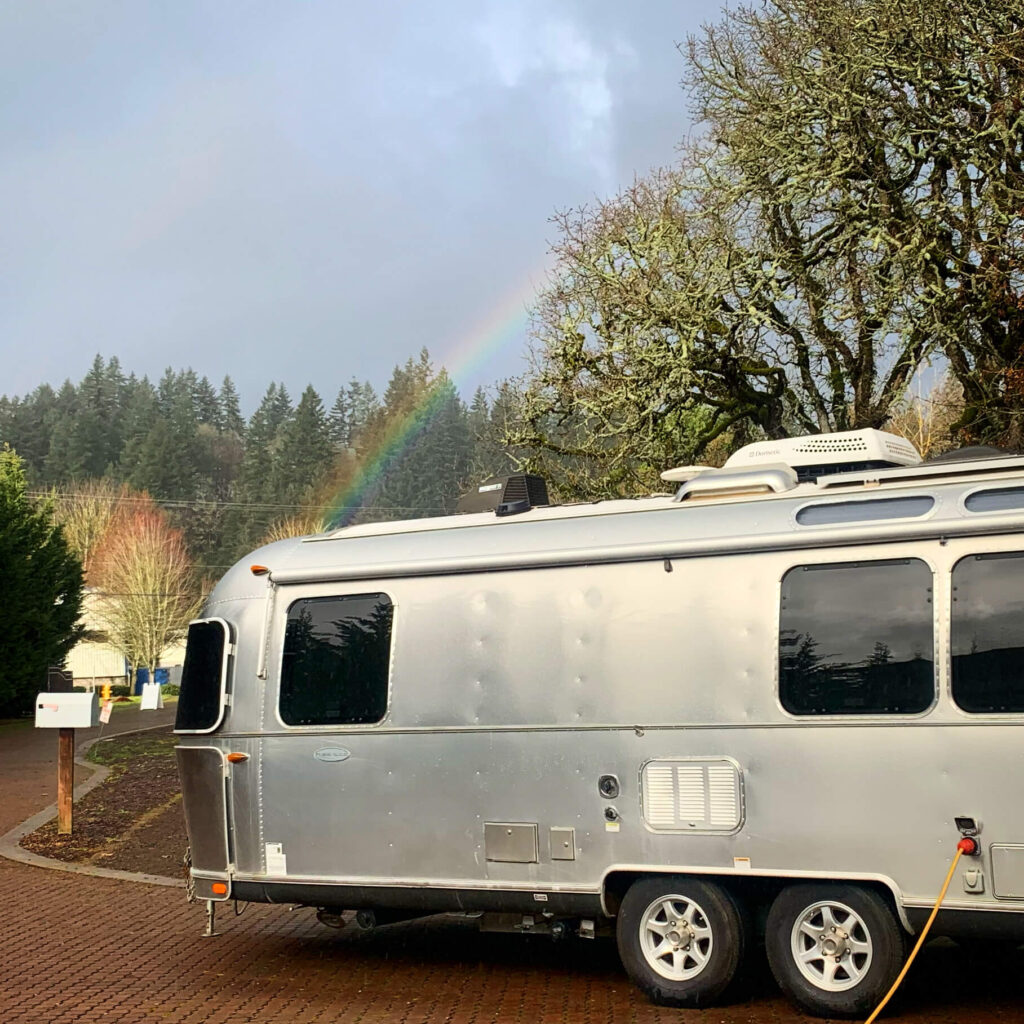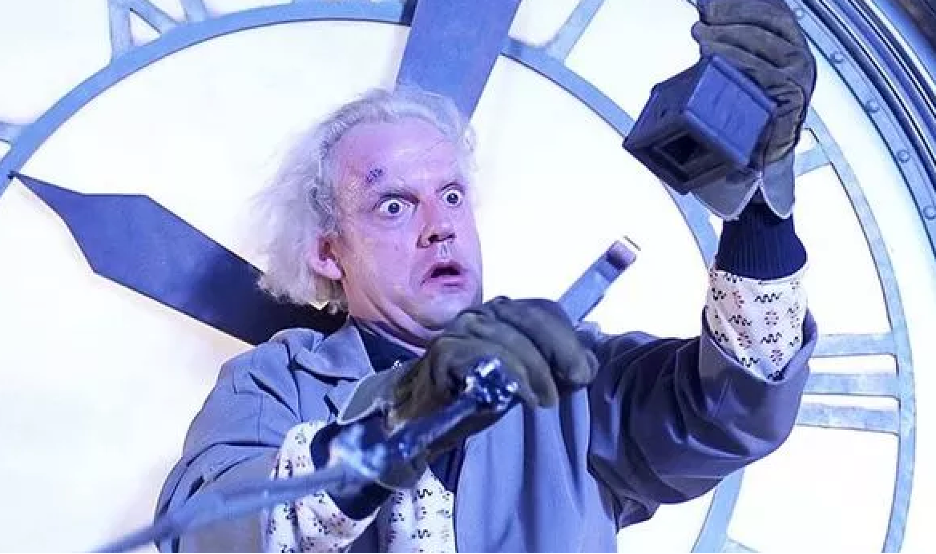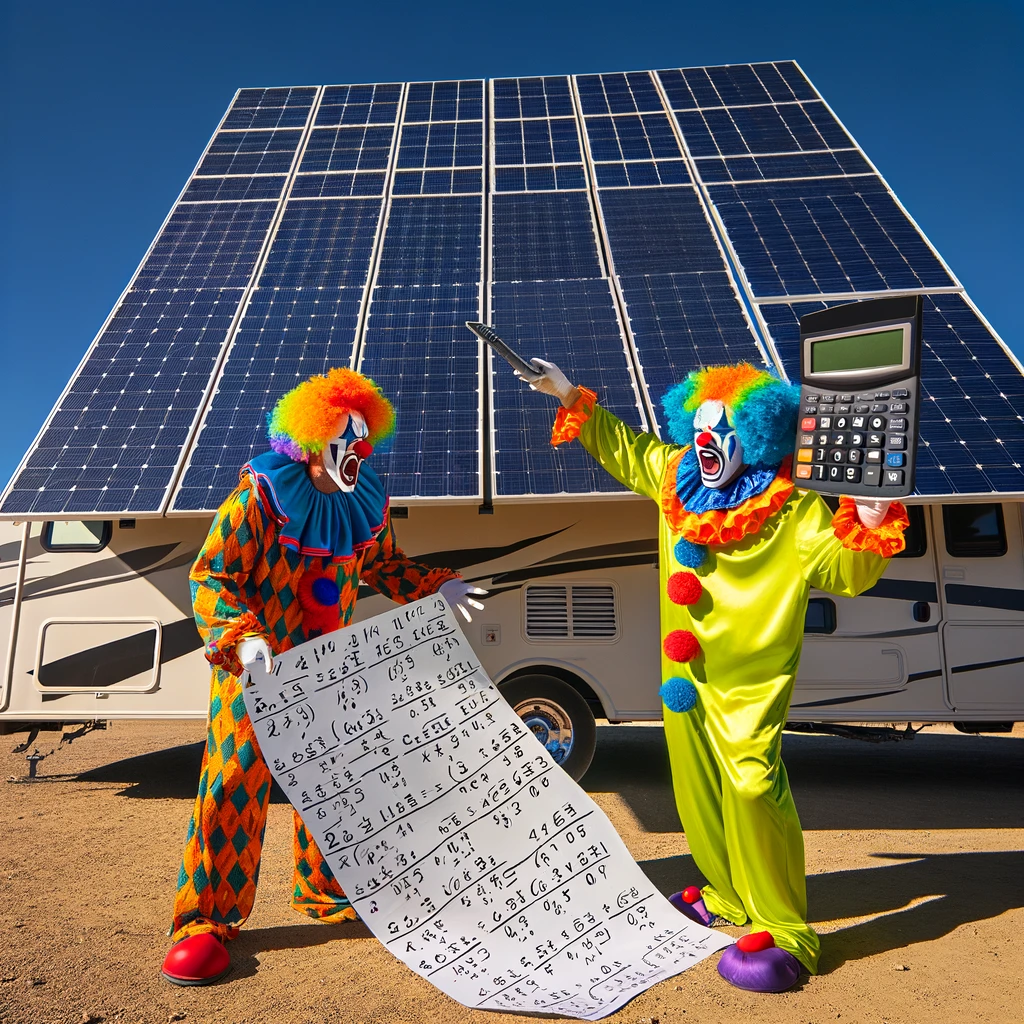What a DC/DC Charger Does
A DC/DC charger installed between the 7-pin connector and the house battery bank in a trailer, 5th Wheel, or truck camper can improve alternator charging and prevent backflow from higher voltage lithium batteries to lower voltage starter batteries.
What to Consider Before You Get One
In some cases, a DC/DC charger on the 7-pin harness may offer little to no benefit. This occurs when certain vehicles have a built-in system in the trailer connection that prevents the vehicle from delivering power to the #4 pin unless it detects voltage on the other end. If the tow vehicle detects only a DC/DC charger, it won’t supply power. To determine if a DC/DC charger suits your application, it’s advisable to first purchase a tester to verify whether your tow vehicle will provide power.

Test for Compatibility
You can test your tow vehicle’s 7-pin connector for compatibility with a trailer circuit tester. Alternatively, you can test this with a multi-meter.
While idling the tow vehicle, turn your Multi-Meter dial to 20V DC and probe the #4 pin with the red connect and the #1 pin with the black contact, depending on what you are reading it means one of the three below:
- Constant 12V w/ or w/o engine running (Orion compatible). Note: Improper programming of an Orion may enable operation even with the engine off.
- 12V w/ engine running only (Orion compatible). Note: 12V activation is removed with IG signal/engine off.
- No 12V w/ or w/o engine running (Not compatible w/ Orion)
Note: Some vehicle manufacturers (typically newer) have been equipped with a 7-pin relay that activates with a 12V signal supplied from the trailer. The Orion and Cyrix are also looking for a 12V signal from the tow vehicle, neither system will function in this scenario. Some vehicle manufacturers can adjust the operation of the 7-pin to operate like example 2. Contact your manufacturer for more information.
You will also need to check with your manufacturer to ensure that a DC/DC charger will not interfere with the trailer’s breakaway system. Incompatibility with breakaway systems is frequently encountered when dealing with 24V battery banks when a 12/24 DC/DC charger is needed, or when the #4 pin is disabled.
How it Works
Due to the long cable runs of relatively thin, 10ga wires in the 7-pin harnesses, voltage drops can be significant, limiting the power transfer between battery banks. Consequently, we typically observe around 10A of charging current from a Victron Orion 12|12 18A isolated DC/DC charger. A standard 7-pin connection without an Orion can deliver a similar level of current, but only if the house battery bank’s voltage is substantially lower than the alternator’s output. Without a DC/DC charger, the current diminishes as the house battery bank’s voltage approaches that of the reduced voltage at the end of the lengthy 7-pin harness wire.
A DC/DC charger boosts the voltage output (and reduces the current) coming through the skinny wires to a voltage that is high enough to fully charge a battery bank. A quality DC/DC charger, like the Victron Orion, can be programmed specifically to the battery bank’s chemistry to safely achieve a full charge.

Additional Benefits of a DC/DC Charger
A secondary benefit of a DC/DC charger system is that it prevents backflow from higher voltage lithium batteries to a lower voltage tow vehicle starter battery, assuming the tow vehicle doesn’t already have a mechanism to stop this.
DC/DC chargers prove especially valuable when the house battery bank’s voltage differs from that of the tow vehicle’s starter battery. For instance, if your trailer employs a 25.6V nominal lithium battery system, you’ll require a Victron 12|24 10A isolated DC/DC charger for alternator charging. Failure to use a DC/DC charger in such a scenario necessitates disabling the #4 pin in your 7-pin harness.
High Current Charging
For high current charging to your trailer, 5th wheel, or truck camper, an additional wire harness outside of the 7-pin harness is needed. Typically, this entails routing 2/0 cable from the tow vehicle’s starter battery/alternator to Anderson connectors (or other appropriately rated connectors), then from your trailer to a set of Anderson connectors, followed by more 2/0 cable to parallel-connected DC/DC chargers. This extensive cable routing, often regarded as “major surgery,” can have warranty implications for the tow vehicle, is labor-intensive, and comes at a substantial cost. Therefore, we recommend going all out and employing as many DC/DC chargers as your alternator can safely handle to maximize charging potential. Typically we use a 40% utilization of the alternator as a rule of thumb. You would then also need to cap the #4 pin on the 7-pin.
Special Considerations
We have found that 2021 Ford F-150’s with Power Boost have a 7-pin connector that requires the trailer’s 7-pin harness to be connected in order to deliver voltage. It needs to detect resistance from a trailer load, like running lights, in order to activate. The DC voltage measured at the tow vehicle’s 7-pin fluctuated between 8.3-8.7VDC, even though the alternator/chassis battery was a steady 14VDC. Custom profiling for the Orion 18A DC/DC charger was required to optimize this low input voltage. (See programming screenshots at the bottom of this article.) Lowering such parameters of the Orion was only approved for this application as the tow vehicle’s 7-pin connector is protected from being discharged when the engine is off.
Where Do I Get One?
If you get your DC/DC charger from AM Solar, we can sell it as the unit alone, or in a complete kit. We provide free tech support and wiring diagrams. Browse our product today.







